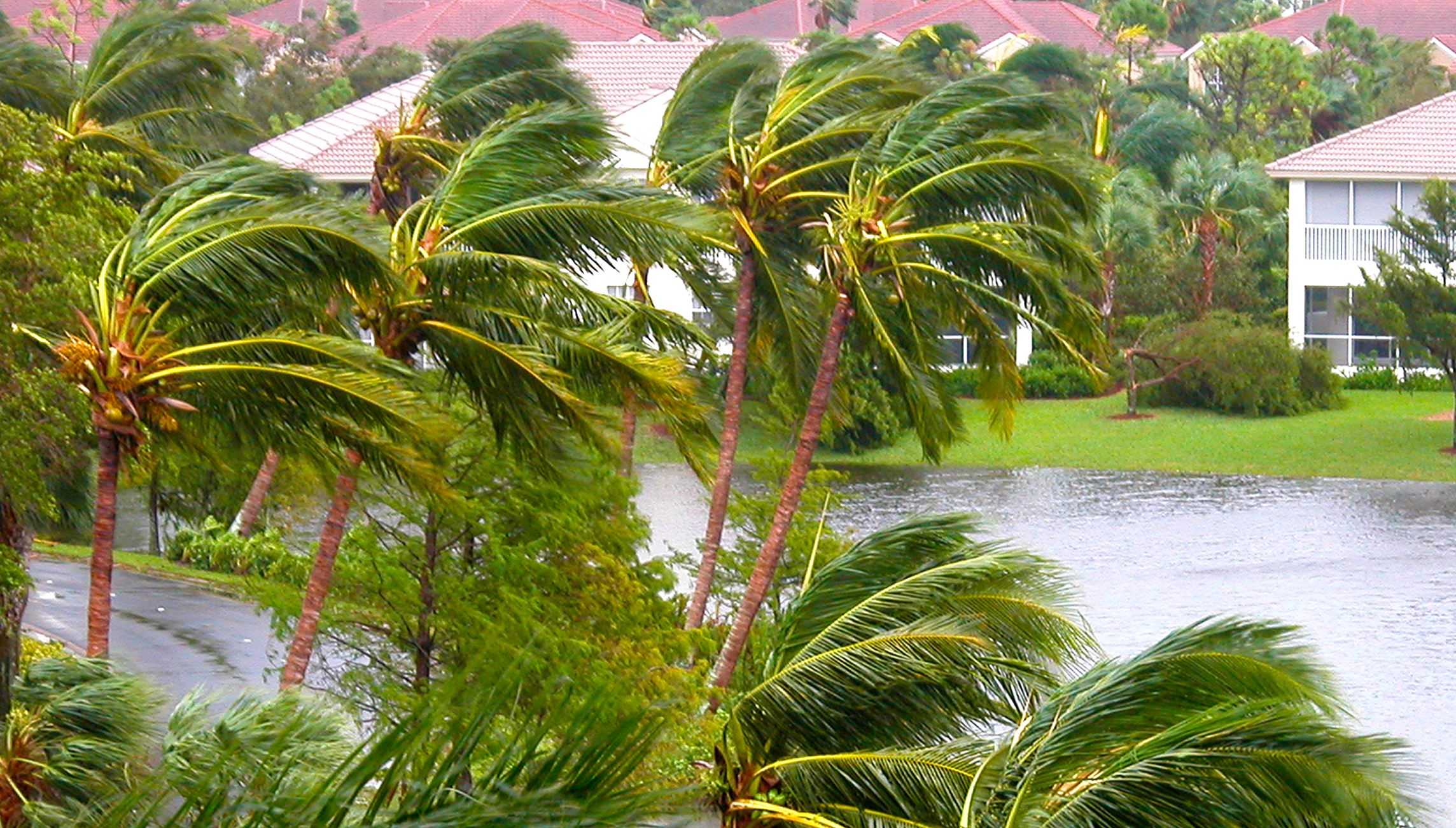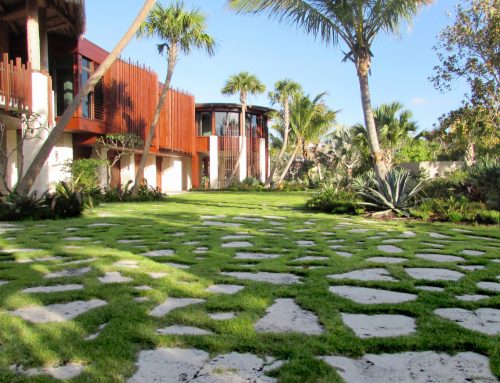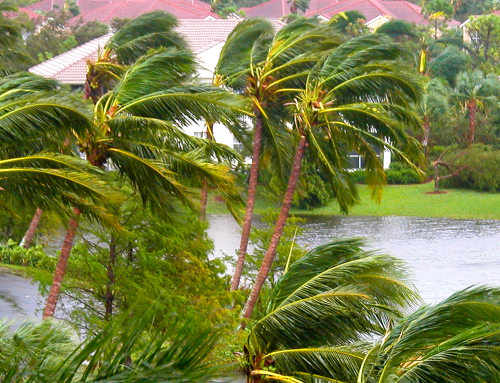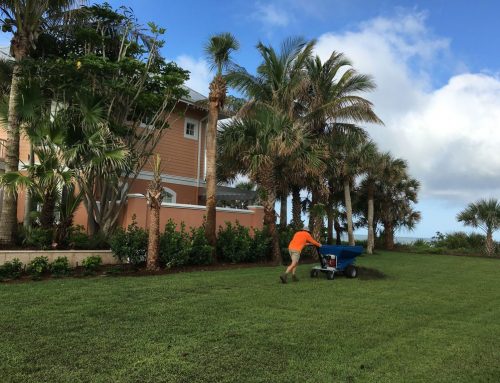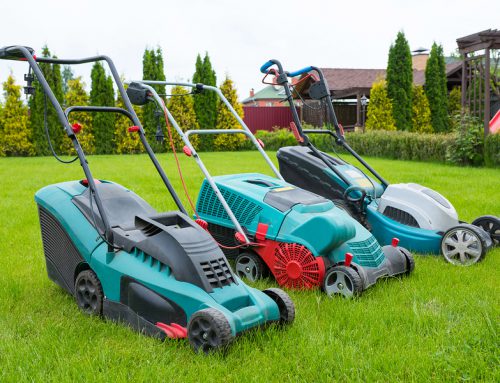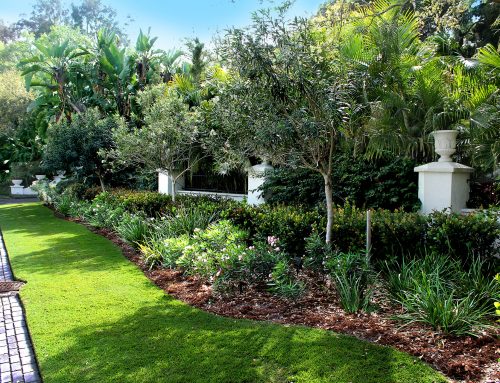Living in Florida means that you live with hurricanes. As you plan and design your landscape, keep in mind that there is no way to completely protect your landscape from storms. However, there are some things you can do to minimize the damage if a storm strikes.
Florida Trees & Storm Damage
Right place, right tree principle is key to success! Recent post storm evidence indicates that native trees and shrubs with even spaced, spreading branches, low centers of gravity and strong, deep penetrating root systems fare best in hurricane force winds. Species like Seagrape and gumbo limbo quickly shed their leaves in hurricane force winds, but the structures of these even bronze trees tend to remain intact, and the foliage quickly regrows after a storm. Native palm such as cabbage and Thatch Palms are also highly adapted to strong winds and are known to survive virtually unscathed, even in some of the hardest hit areas of Florida.
In addition to wind tolerance, flood tolerance and local storm surge potential should also be taken into consideration. If your neighborhood is prone to inland flooding or portions of your yard collect water during heavy periods of rain, plan your landscape with this in mind and choose flood tolerant species. Bald Cypress, Red Maple and Pond Apple are able to survive a wide range of water conditions. Storm surge brings large amounts of saltwater inland. The saltwater can have a major impact on landscape plants. There are many salt tolerant species that can be used to minimize post storm sold mortality.

